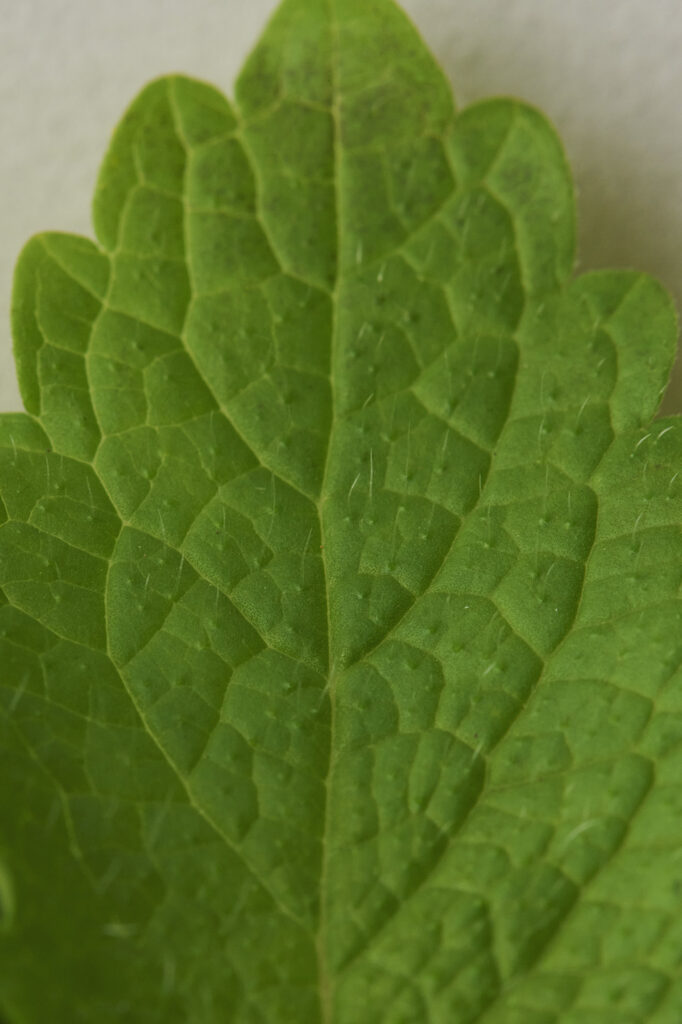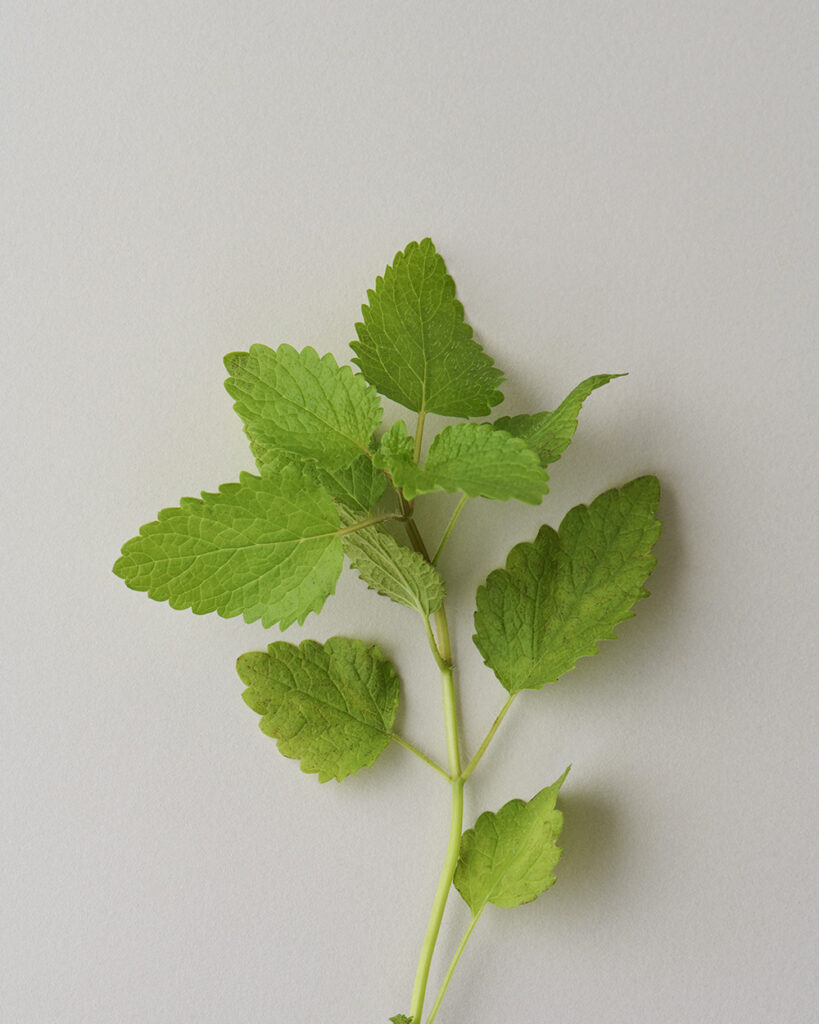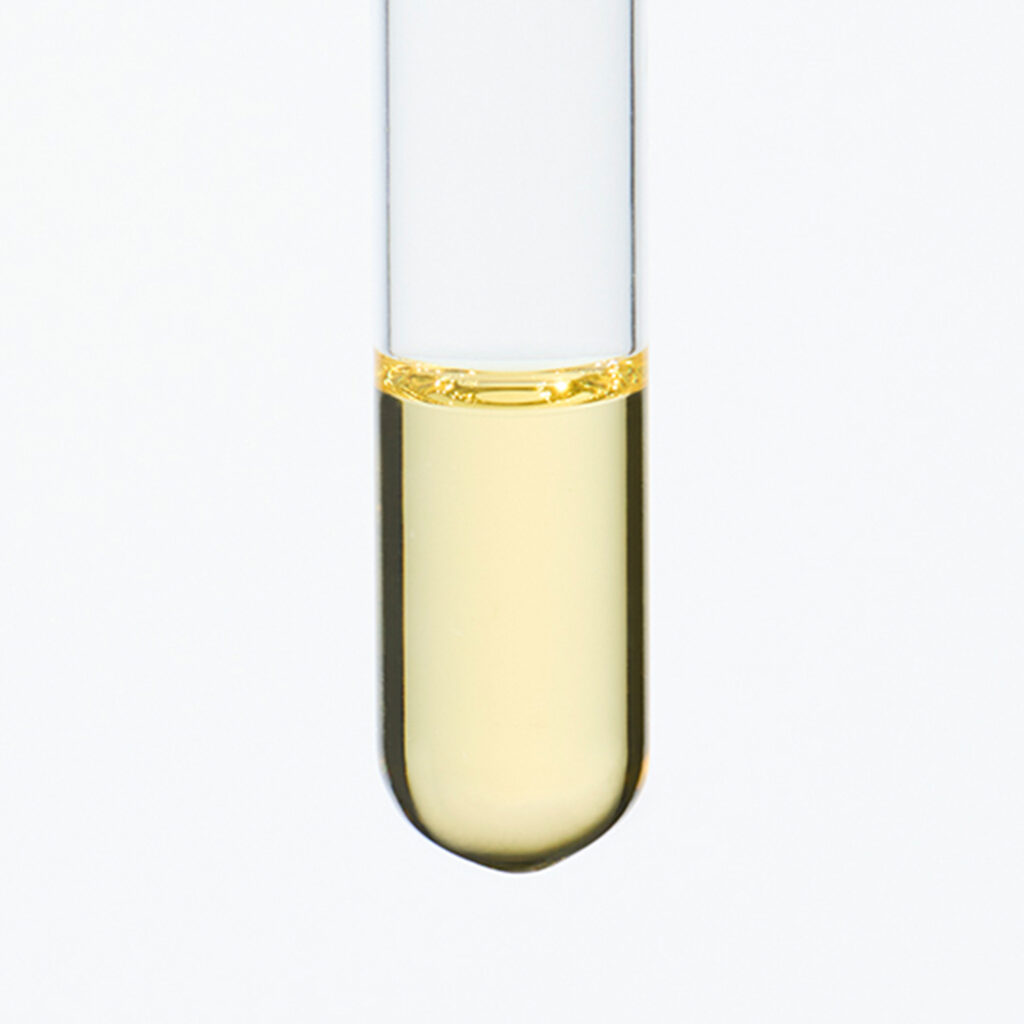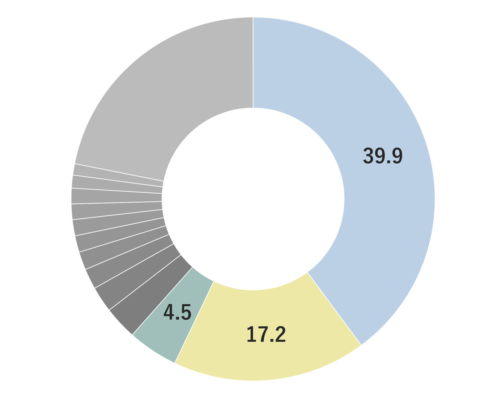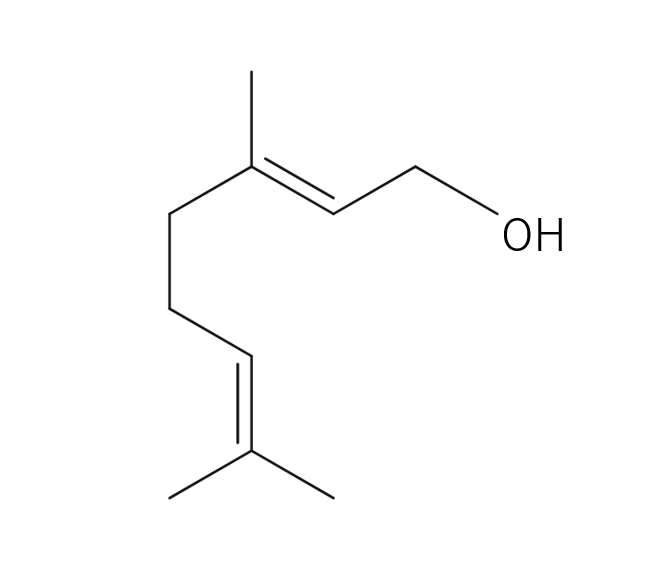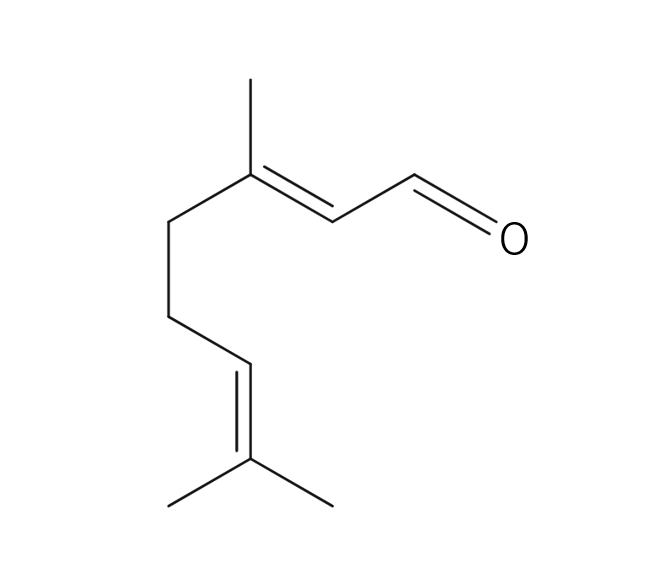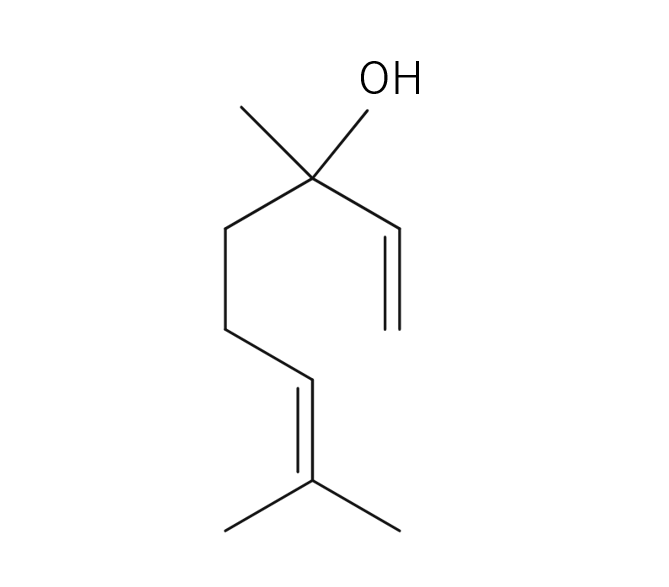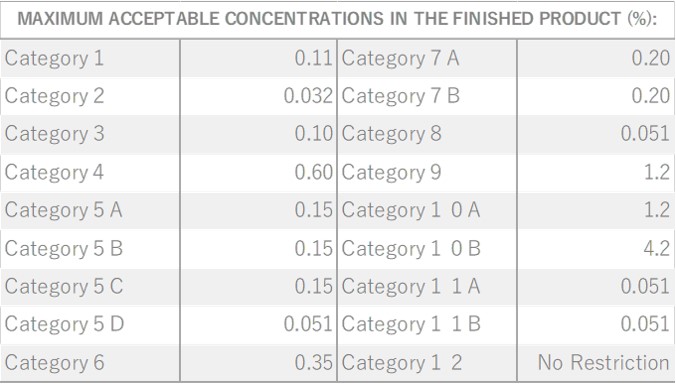Approximately 0.014% of Melissa's essential oil is obtained from its leaves through steam distillation, resulting in a light yellow to light greenish-yellow oil. The main components of this oil are Citral, β-caryophyllene, and germacrene D. It possesses a refreshing aroma reminiscent of lemon, with a cooling scent and a harmonious, honey-like sweetness. This sweetness is deep, yet not overwhelming, offering a well-balanced freshness to the senses. Due to the limited quantity of essential oil produced, Melissa oil is considered relatively expensive. It blends well with a variety of other essential oils. Given its potent scent, it is advisable to maintain a balanced blend, ensuring not to overpower by using excessive amounts.
